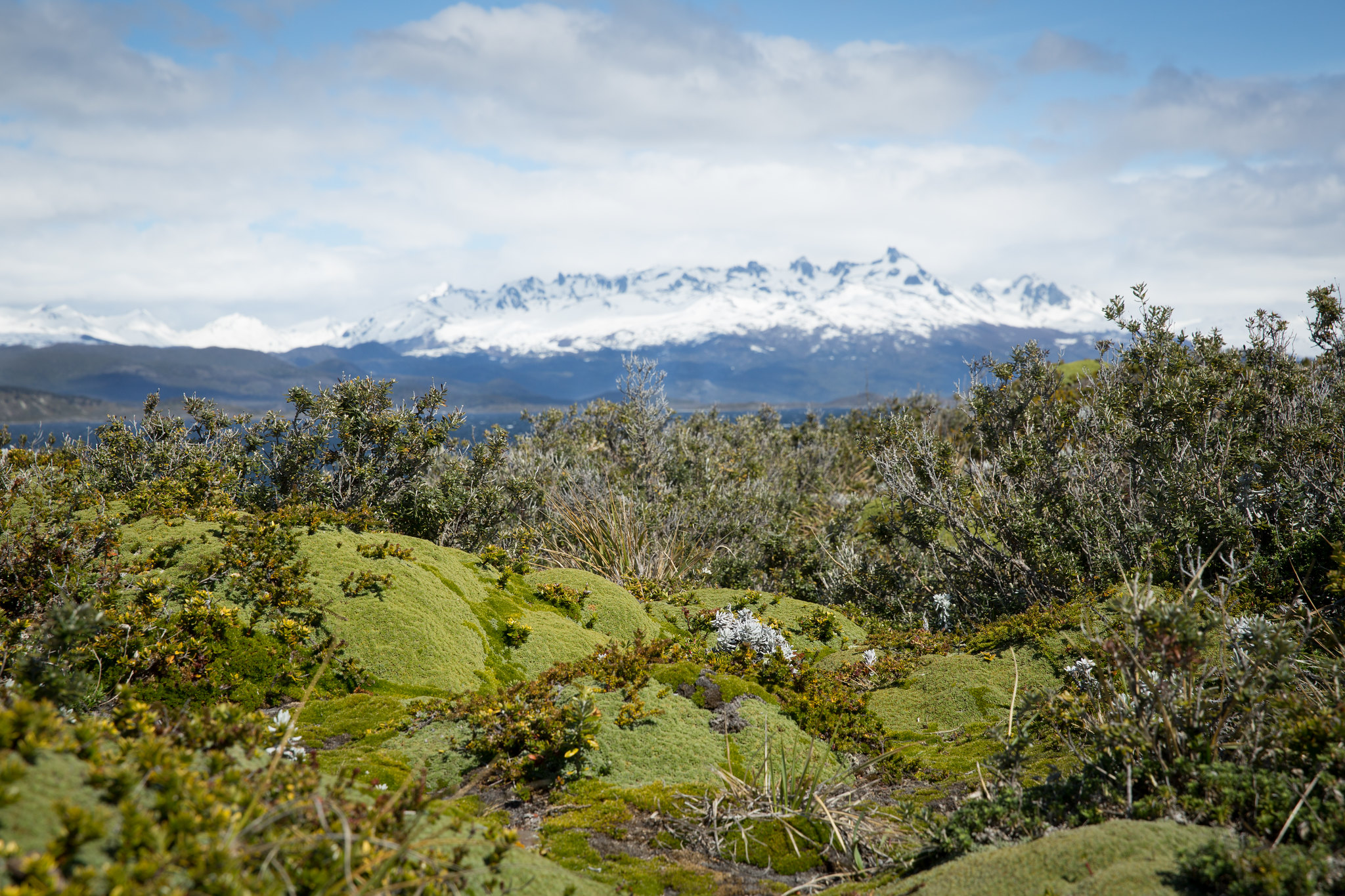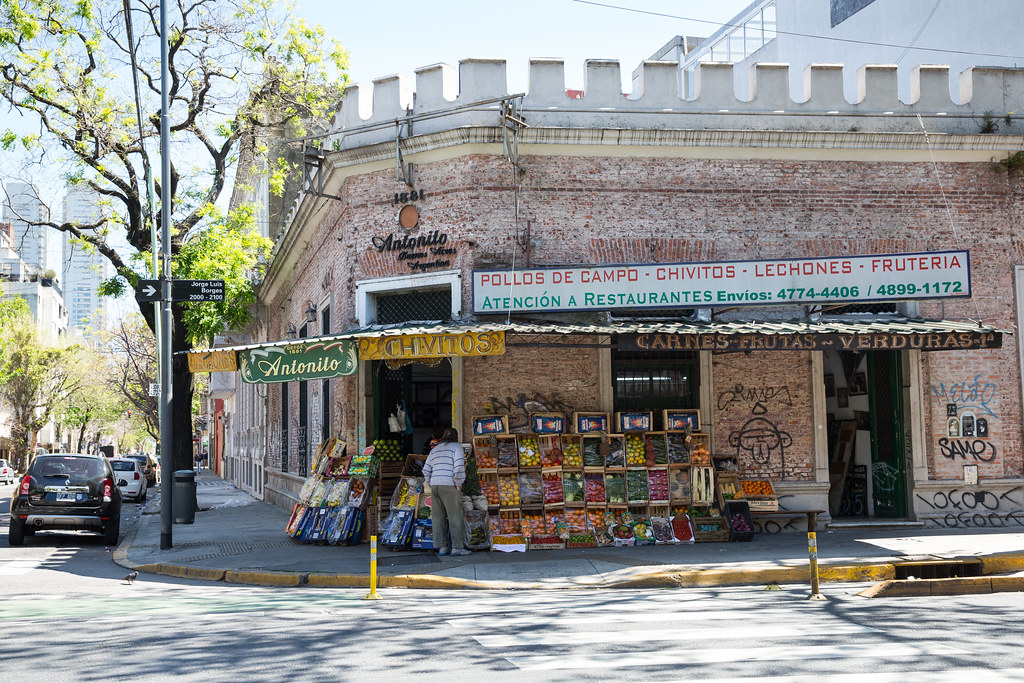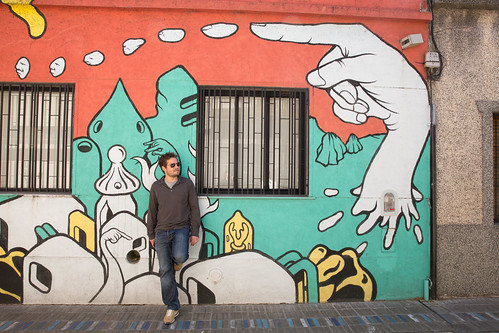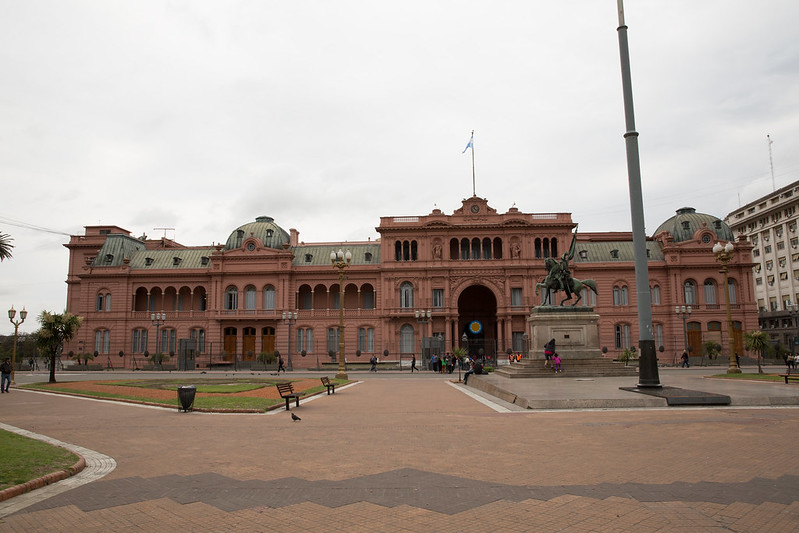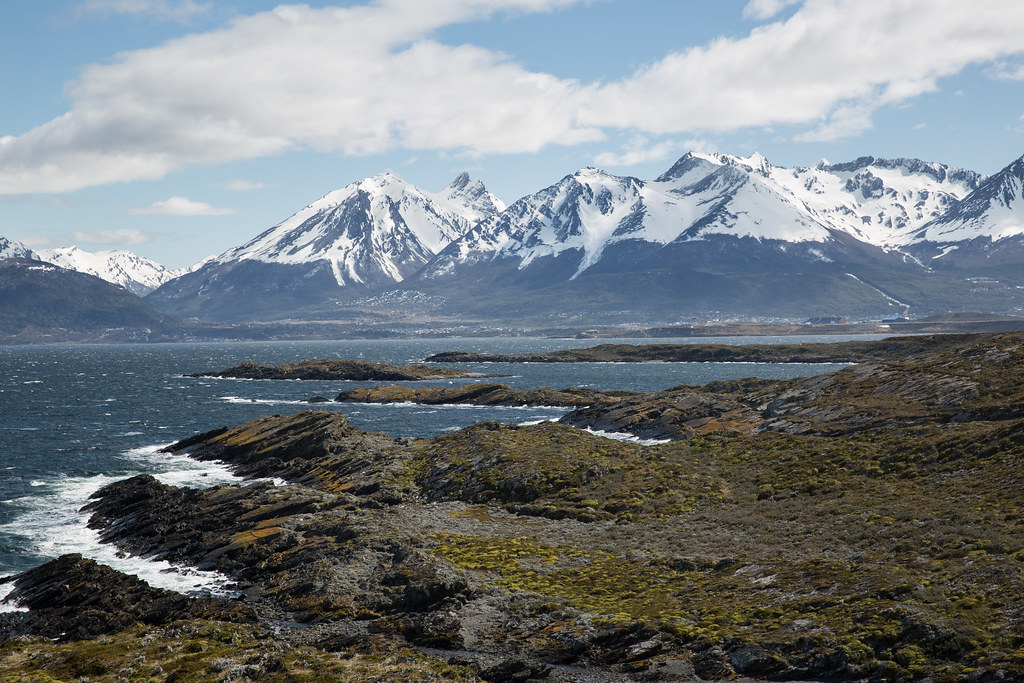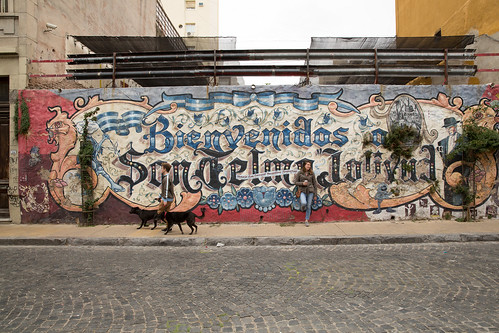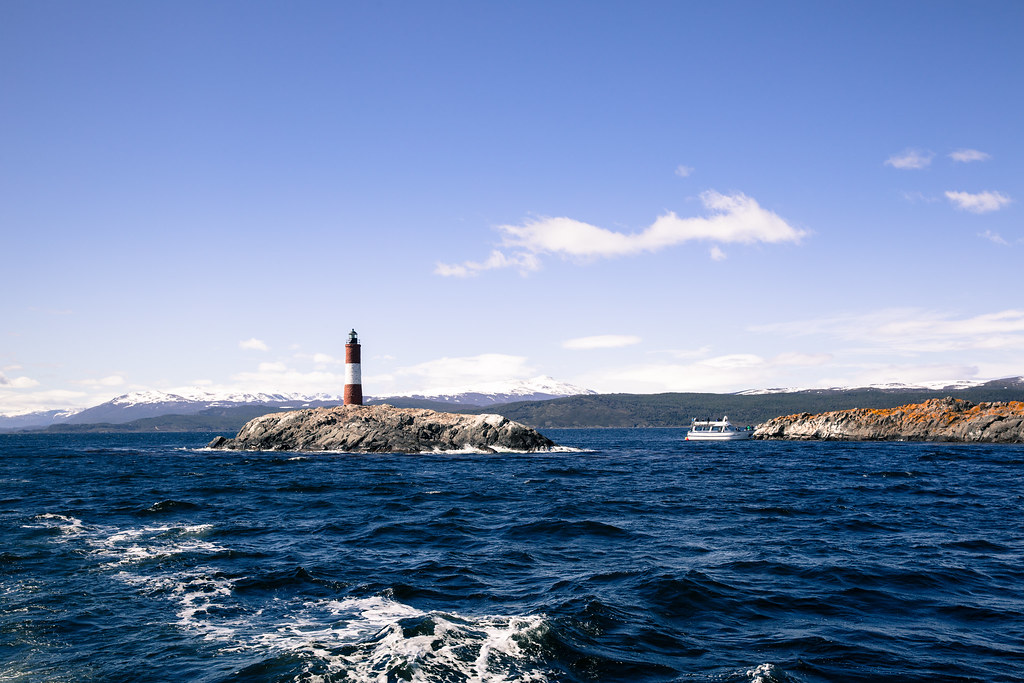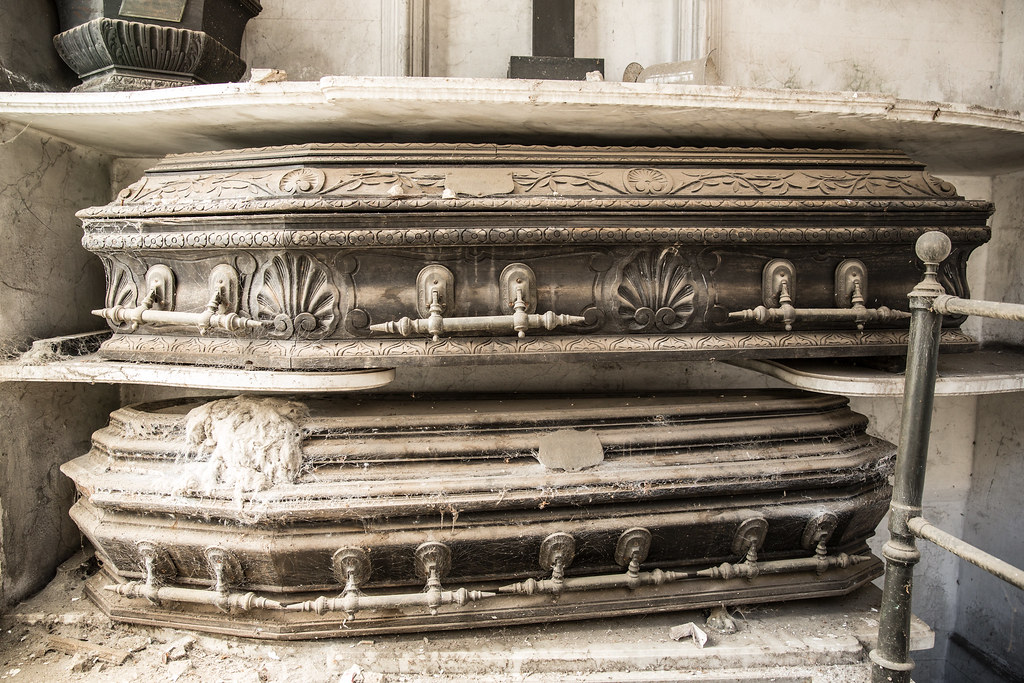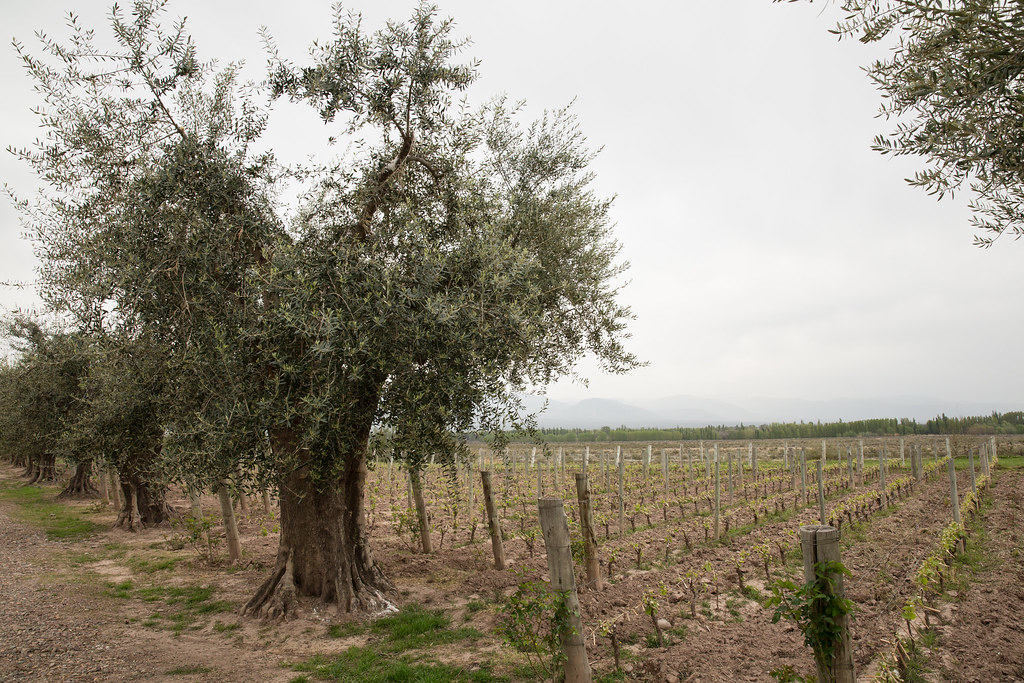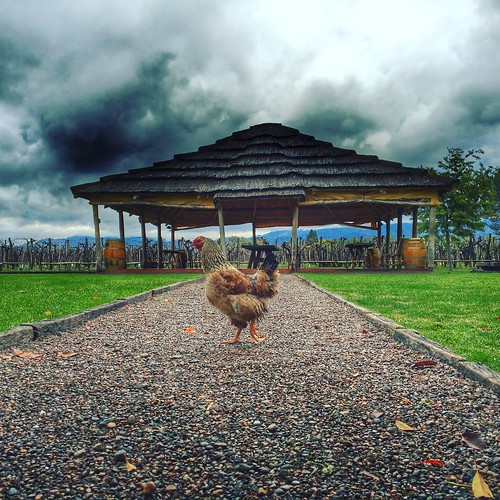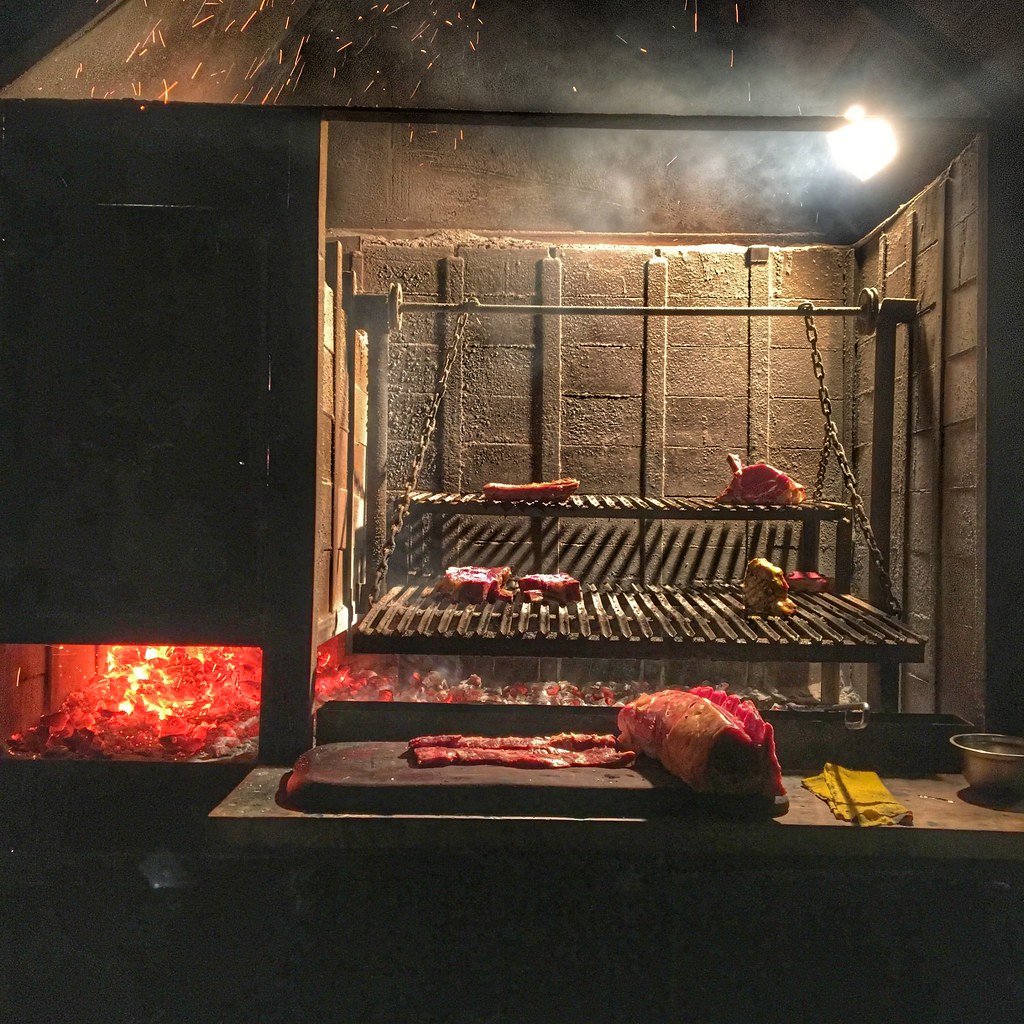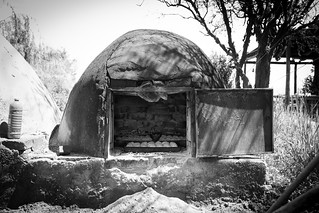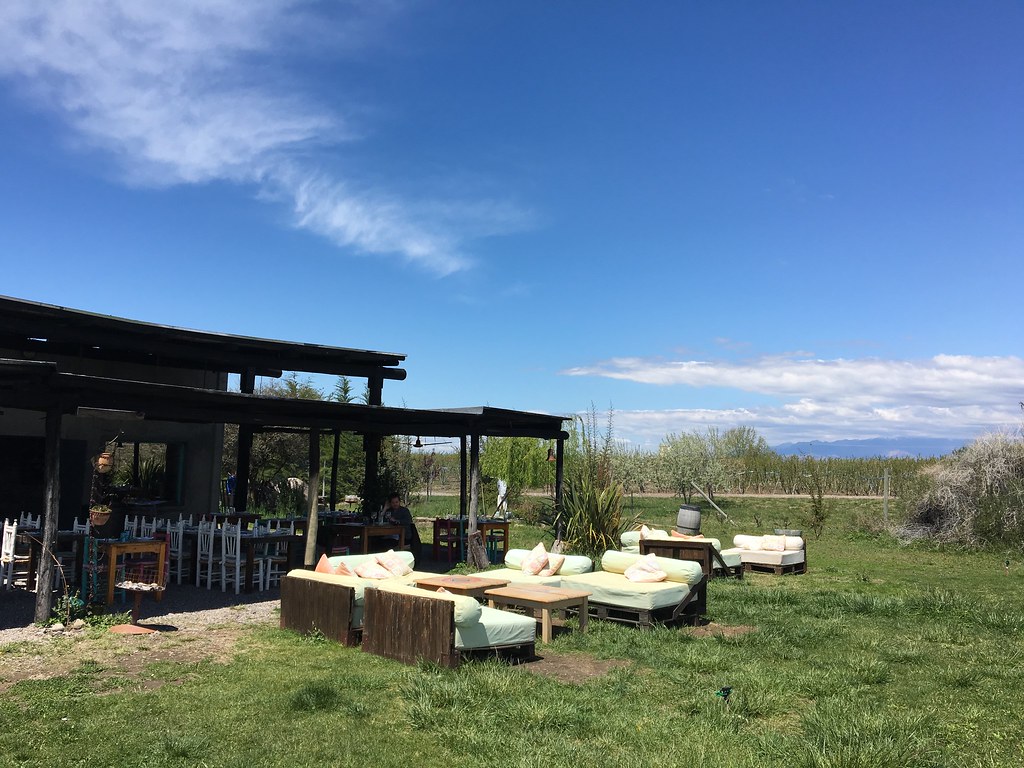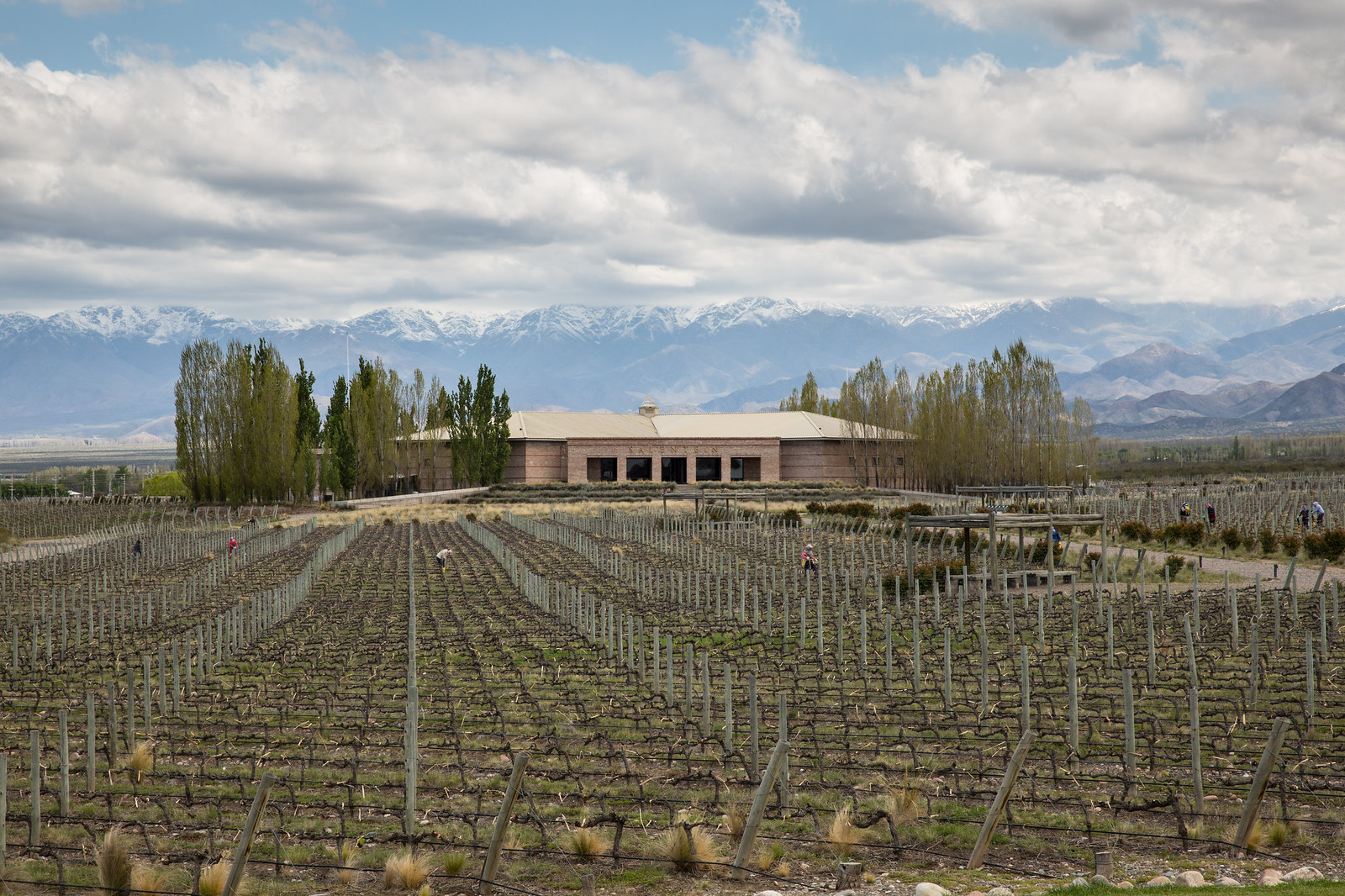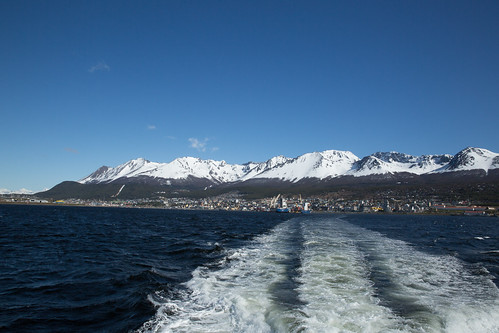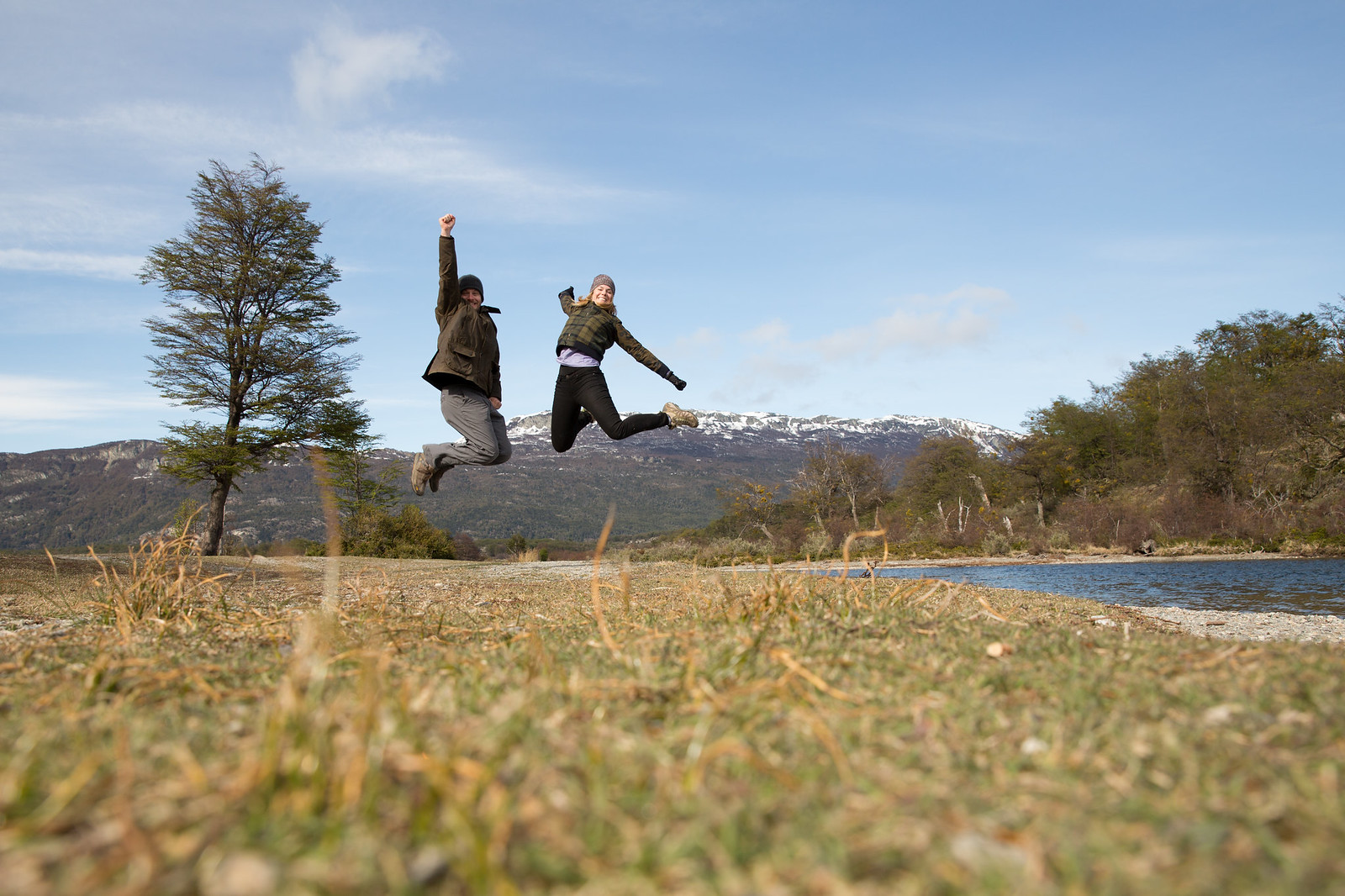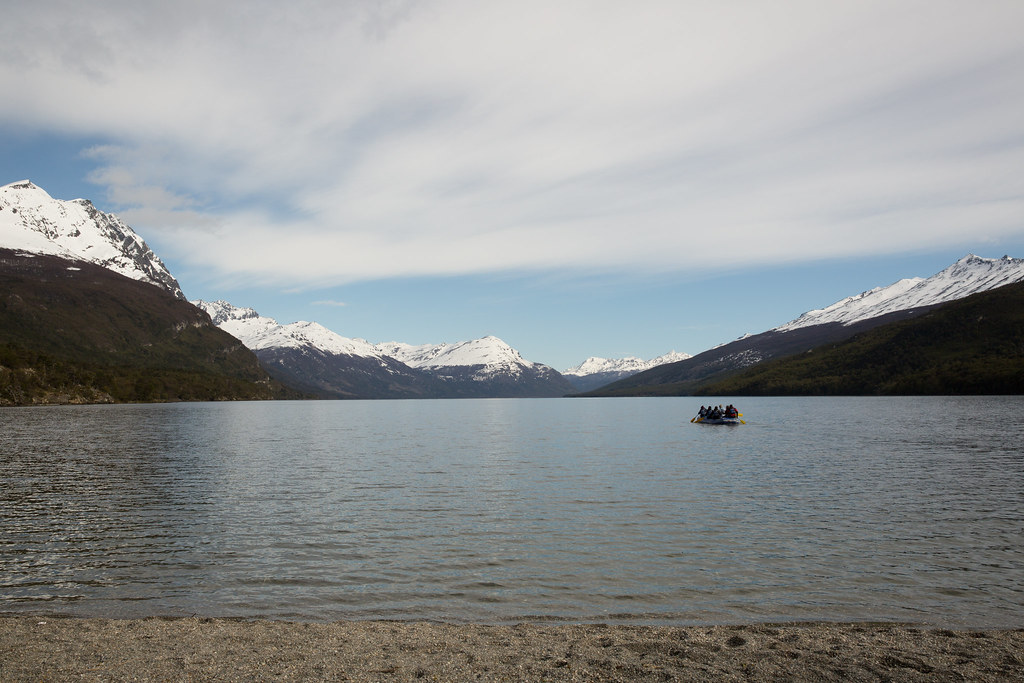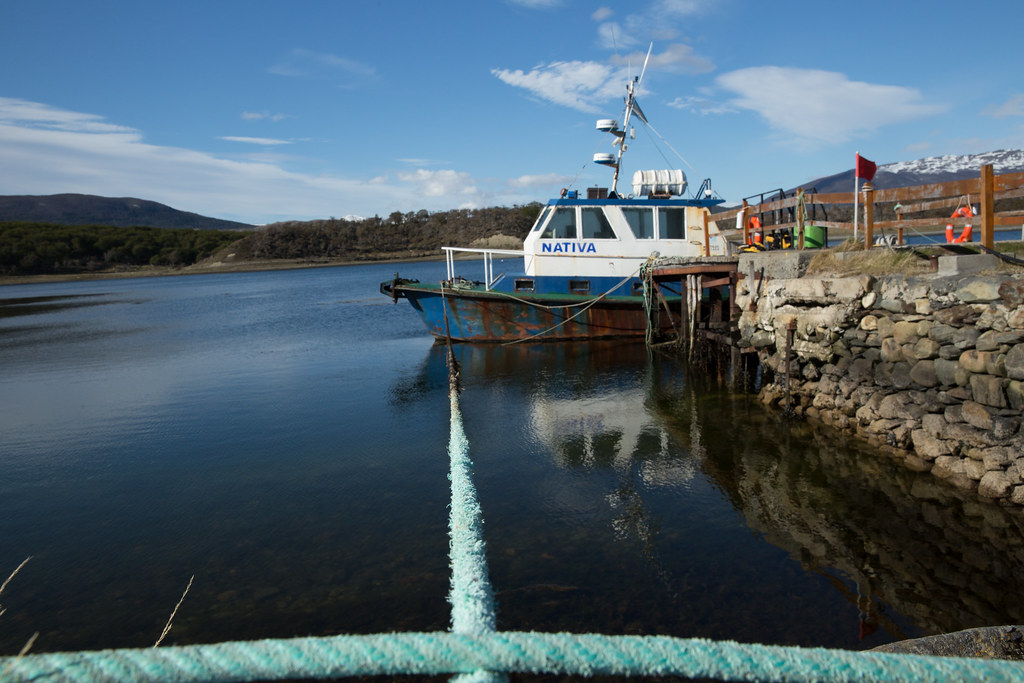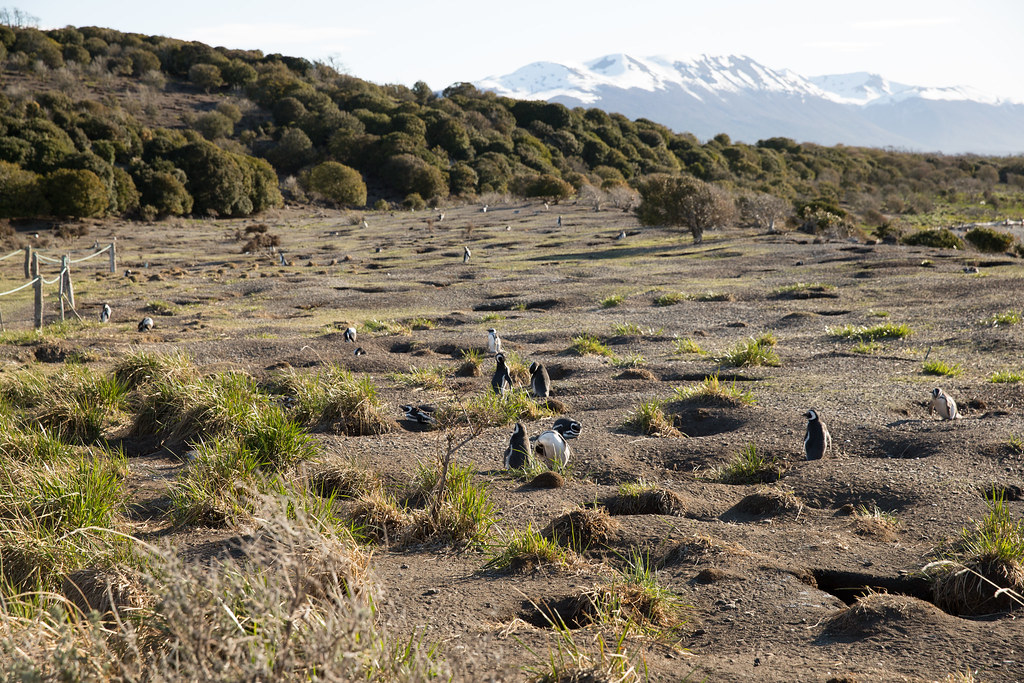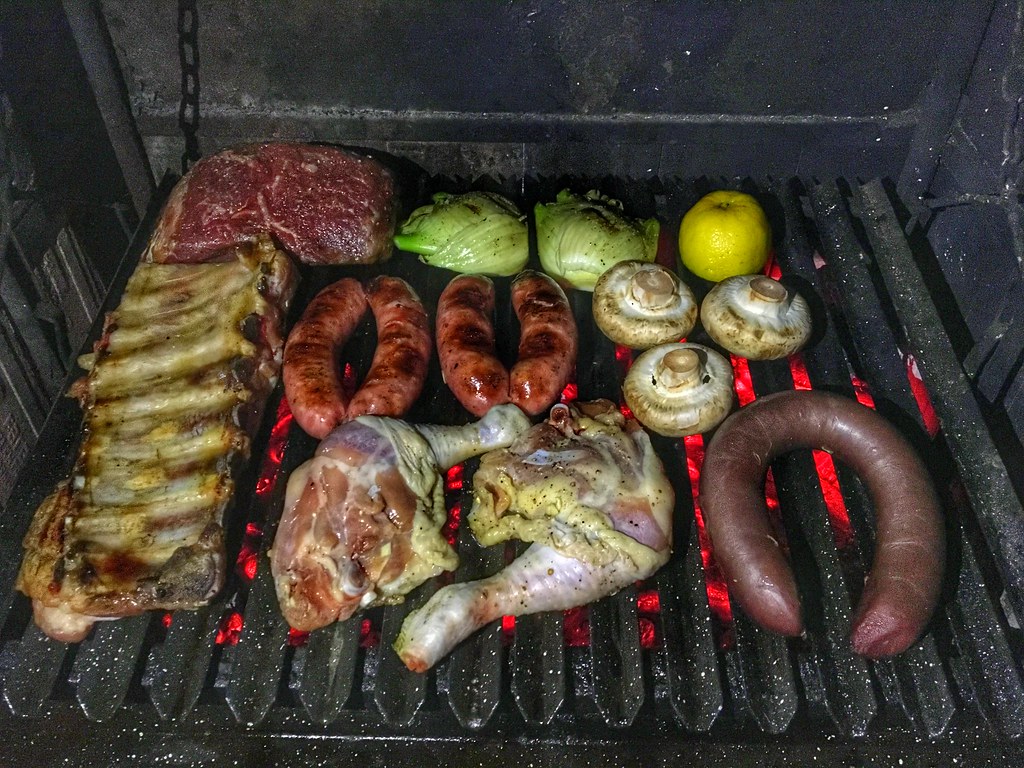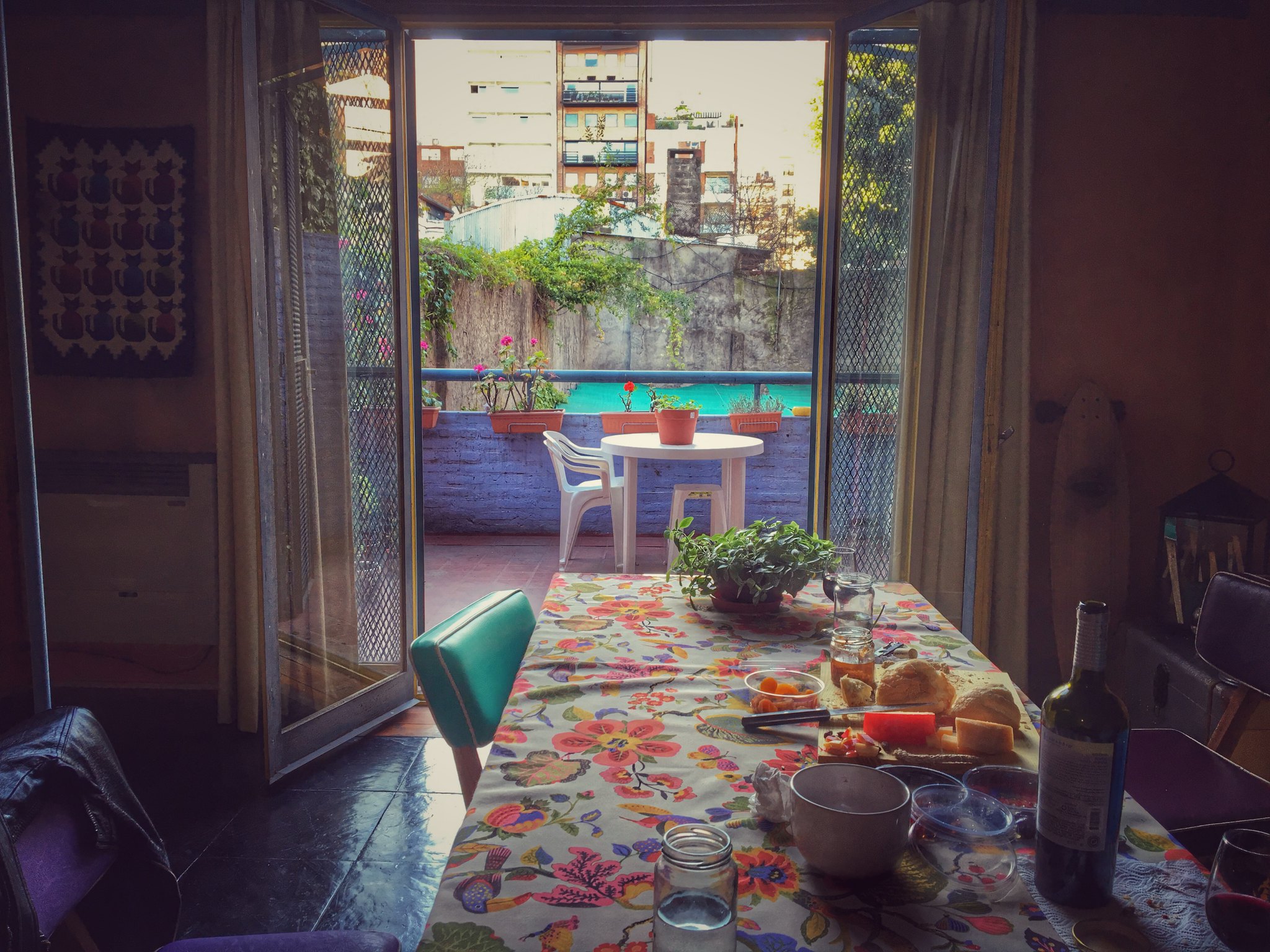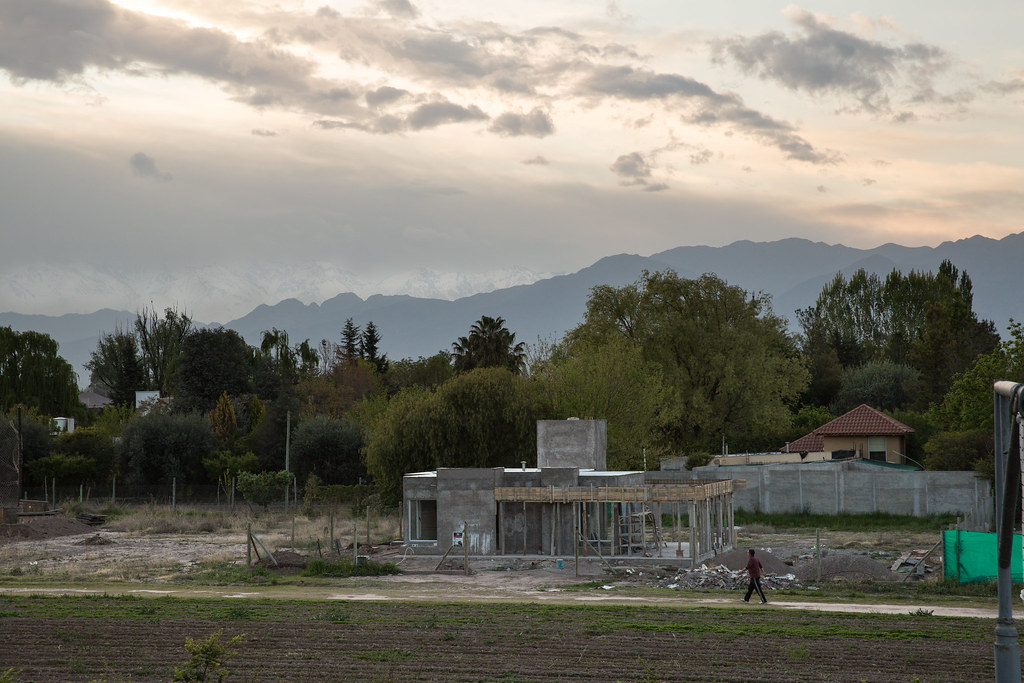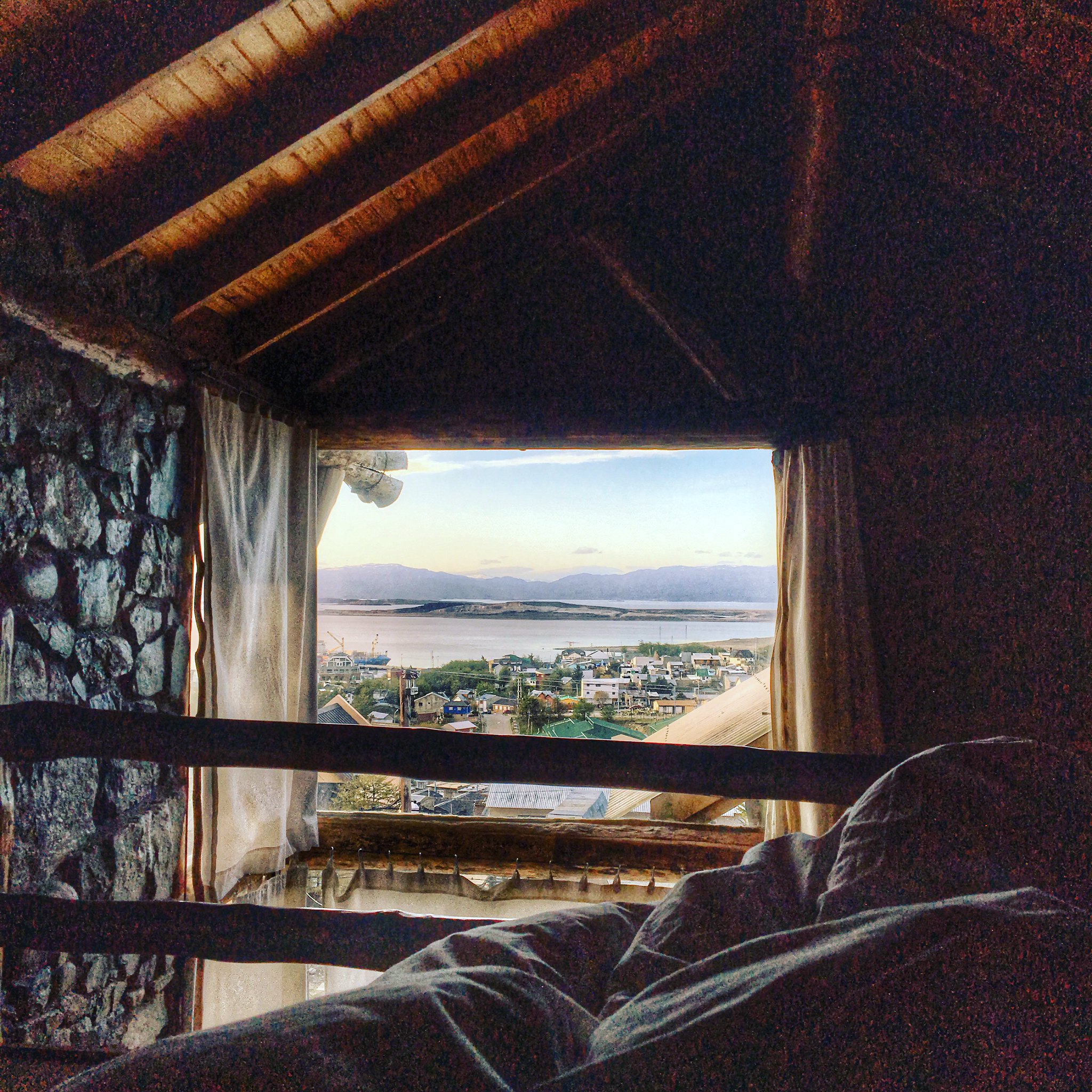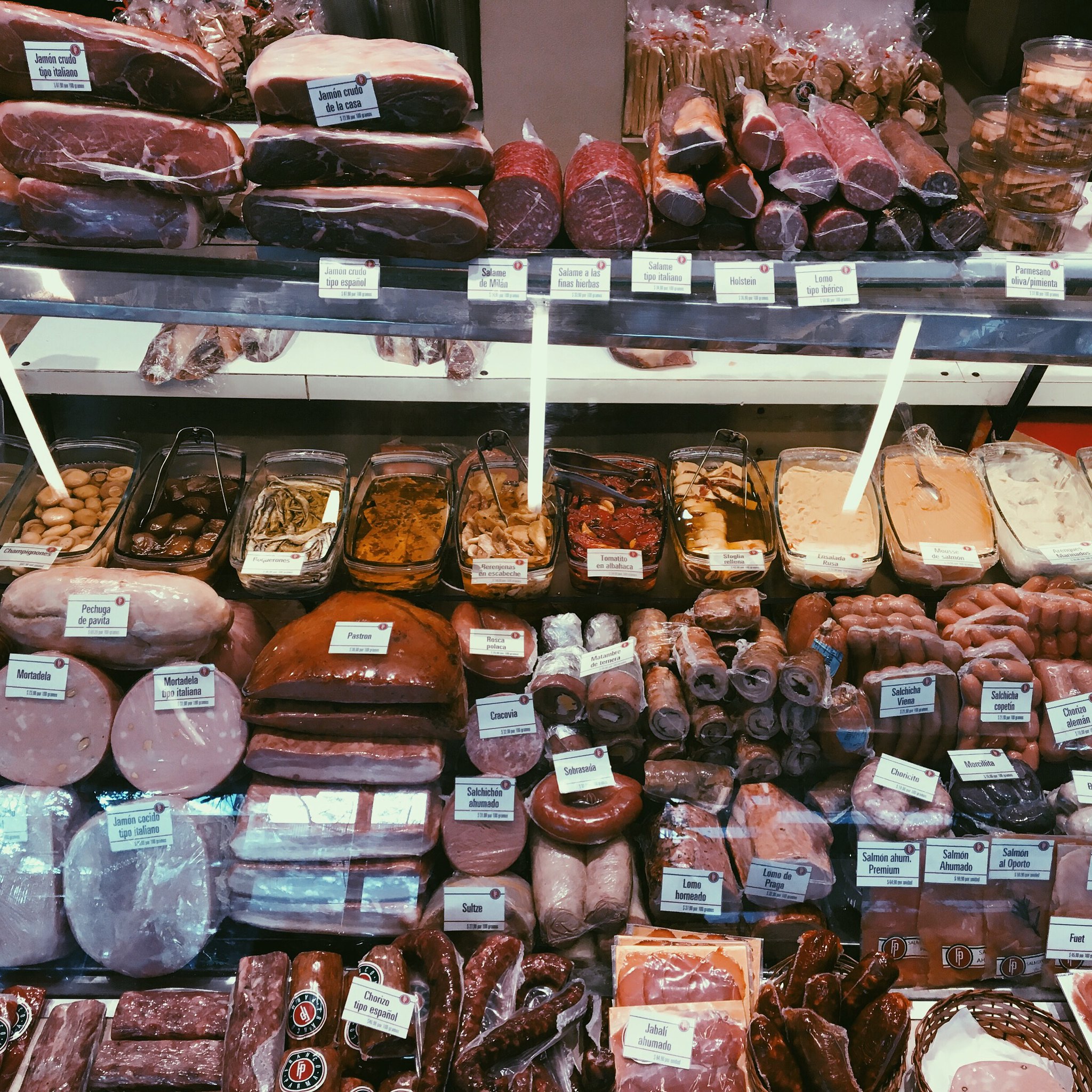Intro to Argentina
During the 18th and 19th centuries Argentina was one of the wealthiest countries on earth and attracted immigrants from across Europe, mostly Spain and Italy. In the 20th century Argentina’s economy took a turn for the worse and the country never regained its past glory. In Buenos Aires you’ll find an elegant old world European inspired city in physical decline but still very full of life. Outside of its capital, Argentina is a beautiful country with a great diversity of landscapes across its vast territory.
Geographically, the country is big, extending from a near tropical region in the middle of South America, to the temperate climate of Buenos Aires, down to one of the most southern points of land in the world with a cold harsh climate to match its desolate location. In the foothills of the Andes mountain, the western border of Argentina, you’ll find the wine region of Mendoza. Technically a desert, Mendoza is hydrated by rain runoff from the young but mighty mountain chain which may just be one of the most imposing national borders in the world. Much of the country’s land is made up of the massive region of Patagonia, a place you’ll find endless plains, more Andes, glaciers, ancient forests, and howling winds.
Prior to December 2015 Argentina had two VERY different foreign exchange rates, an official rate and a black market rate called the blue dollar. Unless your guide book is very up to date (published in 2016 or later) it will probably make reference to the cheaper Argentine Pesos you can buy down a dark Buenos Aires alley. Fortunately, that is no longer the case. We like to think that when we were there in October 2015 we were part of the last group of tourists to ever use the blue dollar rate, which was so widely known it had its own Twitter page. How different were the rates? When we went in October 2015 the official rate was ARS$9.50 and the blue dollar rate was ARS$15.5, that’s a whopping 60% difference. The fanciest meals we had in Argentina, over 9 days were ~ARS$1900 pesos/meal. Using the Blue Dollar rate that’s ~$122. If we had used a credit card; $200. We were lucky enough that our host in Buenos Aires knew someone who exchanges currency. When we met him in our friend’s apartment he arrived with a backpack full of money, took my crisp American dollars, and gave me pesos at a rate over 60% higher than the official one. There may still exist a spread between the official and non-official exchange rates but it may not be large enough to justify going through the lengths of obtaining the blue dollar rate. 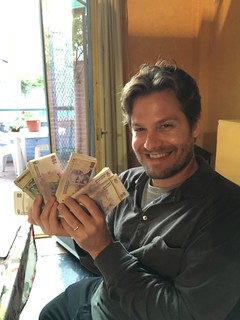
The big down side to using the blue dollar rate was having to carry a lot of cash. We exchanged a few thousand dollars in Buenos Aires and had to carry around the cash for 10 days. This was a problem because Argentina’s largest bill is a ARS$100, or about $10. That hasn’t changed…but at least you may not need to carry bricks of money around anymore.
Accessibility
Buenos Aires is approximately a 10 hour flight south of New York City. And there are non-stop direct flights on American Airlines and LAN. Flights both ways are red-eyes, departing late at night, and arriving early in the morning.
In Buenos Aires there are two airports, AEP and EZE. If you’re arriving on an international flight chances are you’ll be coming into EZE, which is about a 30-90 minutes drive outside of the city (traffic can be insane!). AEP is right downtown, a 15 minute cab ride from Palermo, and the airport of choice for any domestic flights. From either airport to the city the best option is a cab. If you know someone in Buenos Aires you can have them arrange for transportation. If not, go to one of the car service windows in the airport after you get out of customs (the best known one is Manuel Tienda León, they also offer a bus service but look for “remis” if you want a cab). You can pay with an American credit card or even US dollars. You give them the address, they assign you a driver. Assume ~$50 from EZE and much less from AEP. This isn’t the cheapest way, but if it’s your first time in the city it’s by far the easiest and the safest.
When we went
October 2015. Remember this is the southern hemisphere so the seasons are reversed. October is their mid Spring.
Our travel movie
What we did
We came to Argentina because we had not really explored South America, we wanted to see Patagonia, we wanted to ride bikes through the wine region, and we had a friend living in Buenos Aires. We had 9 days and the only direct flights available were in and out of Buenos Aires.
Buenos Aires does not need a lot of time. It’s low on sights and unless you’re really into tango there is no need for more than a couple days there. We decided that since we were arriving early in the morning on a Saturday we would do one night in Buenos Aires, 3 nights in Mendoza (two full days of wine exploring), 3 nights in Ushuaia (another two full days of exploring) and one final night in Buenos Aires. However, since the return flight to NYC was a red-eye, it was more like two nights in Buenos Aires at the end of the trip .
A lot of people spend more time exploring Patagonia than we did, the different areas offer completely different experiences. El Calafete and Puerto Piramides are two other well known Patagonia destinations we looked into visiting. The first is known for its glacier, the second for its wildlife. We only had time for one and picked Ushuaia because of its dramatic landscape, proximity to Tierra Del Fuego National Park, and something about its extreme southern location drew us in. Mendoza/Uco Valley was nice, and we did want to see wine country. But if we had to do it again we might have opted for more time in a different part of Patagonia and skipped Mendoza.
Itinerary
Day 1: Arrived in Buenos Aires. Our flight from JFK got us into Buenos Aires at 9am. Passport control is fast but customs is not. They x-ray every bag. They need to make sure you aren’t bringing in any contraband goods for sale, i.e. – anything not made in Argentina. If you’re an American you’ll have to pay a reciprocity fee to enter the country. Do this in advance. Argentina reciprocity fee link. As mentioned above, to get into the city hire a cab from inside the airport or have your host arrange a car for you. We had a driver waiting for us and despite an early arrival into the airport we didn’t end up in the city until nearly noon. It’s South America and things sometimes move at a frustratingly slow pace. Our friend lived in the Las Cañitas neighborhood of Palermo, which is where we started our trip.
If you’re an American you’ll have to pay a reciprocity fee to enter the country. Do this in advance.
We had a quick lunch and strolled around the Palermo district. In the afternoon we went to the old Cementerio de la Recoleta in the upscale Recoleta neighborhood. This is where the city’s elite have been laid to rest. You’ll find many famous figures from Argentina’s history but the one most Americans are familiar with is Eva Peron (aka Evita).
Las Cañitas, like much of Palermo, is abound with cute restaurants full of locals enjoying grilled meats and wine late into the night. These are often done tapas style. You’ll find menus are lists of different kinds and cuts of beef, chicken, seafood, and pork. A selection of 5 will comfortably feed two when accompanied by an appetizer. The wine lists are full of Argentine wine and the prices might make you do a double take. Few other countries in the world offer such a great selection of wine at rock bottom prices.
Day 2: After brunch in a local cafe and a couple hours of strolling around Palermo we left for Mendoza. You can find direct flights to most cities in Argentina from Buenos Aires’ local airport, AEP, which is way more convenient than the larger international airport, EZE. Mendoza airport is about 15 minutes from the center of the city of Mendoza and about 40 minutes from the smaller city of Lujan de Cuyo, which is where we stayed. We debated renting a car and ultimately choose not to despite staying three nights in an Airbnb in a residential area that was not within walking distance of anything. We figured if we were going to wineries and drinking we shouldn’t be driving. Same goes for dinner in downtown Mendoza. Cabs are cheap and our Airbnb hosts were more than willing to order them for us.
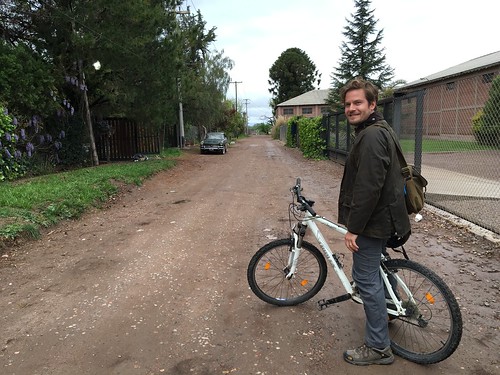 Day 3: Our first full day in Mendoza we had planned on visiting wineries near the city (Lujan de Cuyo), saving the more scenic Uco Valley for the second full day. Mendoza gets about 4 days of rain a year yet somehow it rained the day we had planned to bike to the wineries. Instead we ended up winery hopping via taxi. First stop was Achaval Ferrer for a 10am tasting. We considered walking to a nearby winery because the rain had slowed. Despite being only about 1.5 miles away our host at the winery strongly advised against doing this. She said people had been held up at gun point nearby.
Day 3: Our first full day in Mendoza we had planned on visiting wineries near the city (Lujan de Cuyo), saving the more scenic Uco Valley for the second full day. Mendoza gets about 4 days of rain a year yet somehow it rained the day we had planned to bike to the wineries. Instead we ended up winery hopping via taxi. First stop was Achaval Ferrer for a 10am tasting. We considered walking to a nearby winery because the rain had slowed. Despite being only about 1.5 miles away our host at the winery strongly advised against doing this. She said people had been held up at gun point nearby.
It was at this moment we realized maybe it was a good thing our bike ride got rained out. This was one of many “you’re still in South America” moments. One thing you’ll notice around the wineries of Mendoza, particularly those closer to the cities, is the high level of security. Big walls, electric fences, armed guards, and guest books. Unlike most other wine regions of the world there are few simple tastings in Mendoza. Most wineries require a reservation and before the tasting you’ll go on a detailed tour of the winery to learn about the wine making process and the history of the winery and winemakers. The tours are interesting but get repetitive quickly. Each tour can last an hour or so. Be prepared to only visit 3 or 4 wineries each day. After Achaval we took a cab to Ruca Malen for lunch. Many of the wineries are better known for their food than their wine, and Ruca is one of them.


Like most other wineries in Mendoza, Ruca Malen enjoys a spectacular view of the snow-covered Andes mountains just beyond its vineyards. In the afternoon we were able to ride bikes from our Airbnb to Kaiken winery on the outskirts of Lujan de Cuyo. Great winery but the bike ride there while only about 15 minutes took us down muddy dirt roads, past packs of stray dogs (and one dead dog) and yet again served as a reminder that we were in fact in South America and not the rolling hills of France or Italy. Kaiken winery, however, is one we would highly recommend.
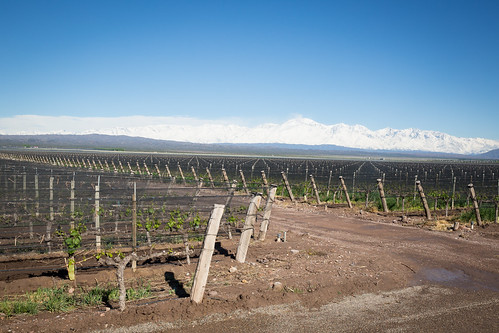
If you come to Mendoza bring your appetite. As far as gluttony goes Mendoza might be on par with Las Vegas. Although your lunch may be a multi-course meal heavy on red meat with endless wine parings, that doesn’t mean you’ll be skipping the world class restaurants in Mendoza for dinner. And there are lots of great options, Francis Mallmann’s 1884 is one of the most popular and for a good reason. There were several days in Argentina where we had red meat and red wine for both lunch and dinner. This was one of those days.
Day 4: On our second full day in Mendoza we pre-arranged to have a driver with a car take us around the Uco Valley, which is about 40 minutes south of Mendoza city (and 25 minutes south of Lujan de Cuyo). Our driver, Mauricio Molina (aka “the wine guy”), was friendly, knowledgeable and pleasant to chat with during the long car rides. He’s a native from Mendoza and grew up with his father working in the wine industry.
We both agreed the scenery and wineries here were superior to those closer to Mendoza. Our itinerary for the Uco Valley – wine tasting at Pulenta, lunch at Bodega Azul, and a final tasting at Salentein.
We tried to squeeze in a tasting at both Dominque Bousquet and Andeluna but couldn’t get in. They really do take the reservation thing seriously. Lunch at La Azul was a highlight, both the food and the view. The meal was arguably better than Ruca Malen and much cheaper.
Pulenta gets our award for best tasting; they ingeniously combined a blind smell test with a wine tasting. Salentein was, architecturally, our favorite winery. Part winery, part art museum, part massive underground concrete bunker this was truly a winery fit for a Bond villain. Their aging room, a Greek style amphitheater/Turkish bath looking room complete with a grand piano, was the most impressive by far.
Day 5: Wednesday we spent most of the day traveling to Patagonia. There were no direct flights from Mendoza to Ushuaia so we had to fly back to Buenos Aires then fly four hours south to Ushuaia. We didn’t arrive until about 5pm. The approach into Ushuaia was uniquely terrifying. We flew south down the Atlantic coast, swung east along the Beagle Channel over Ushuaia, circled around an actual mountain, and made final approach over the white cap covered water into the city’s little airport. The Beagle Channel is a rough 150 mile long, 3 mile wide straight of water connecting the Atlantic and Pacific oceans. The northern coast is in the southern border of the South American continent. Ushuaia sits along the northern edge of the Channel framed by snow covered glaciers and the jagged peaks of the Andes.
This is one of the last stops in civilization before you land in Antarctica. However, Ushuaia has more industry than than you might guess, particularly given its location. When its neighboring rival, Chile, began colonizing this part of the world Argentina didn’t want to lose its claim to a piece of land they thought rightfully belonged to them. As a a result the government of Argentina set up an industrial zone and tried to convince people from the north to migrate south. The large pier in the center of town is the tourist epicenter but also a still very active shipping terminal. We stayed in a small house up the hill from the pier, about a 12 minutes walk, called Cabanas Del Beagle. We would highly recommend staying there. There were three units, each with a working fireplace (plenty of wood outside) and amazing views of the Beagle Channel out of the huge floor to ceiling windows. The first night in Ushuaia we were both excited to be able to walk to dinner at Kaupe, an upscale candlelit restaurant in a residential neighborhood. The specialty in this part of the world is unsurprisingly King Crab. It’s on every menu and it’s delicious.
Day 6: Prior to our arrival in Ushuaia we made reservations with a tour company, Tres Marias, for a Wednesday morning boat tour around the Beagle Channel and a quick hike on one of the islands. They have an office at the base of the town’s pier. The first thing you’ll notice outside in Ushuaia is the wind. It’s strong. We were here in October, one of the calmer months of the year. In the harbor we saw some interesting birds (including an albatross), amazing scenery (how many times have I said this already?), and some sea lions relaxing on a little island which was home to one rugged and lonely lighthouse which is rightfully named; the lighthouse at the end of the world.
In the afternoon we browsed the town’s main street for Christmas ornaments and went to the small but mildly interesting Museum at the End of the World. They have a collection of taxidermy birds from the area that was interesting. We even had a pre-dinner fire back in our cabin complete with Argentinian snacks — cheese and Argentinian wine from a local supermarket.
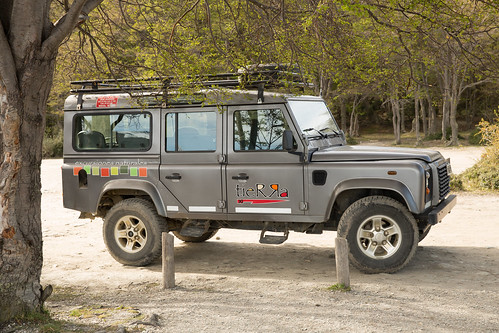 Day 7: There are a number of different tour companies in Ushuaia that can help you partake in any local outdoor activity. You should reserve something ahead of time. But if you don’t email ahead, all of the local tour companies have a little kiosk at the base of the town’s pier.
Day 7: There are a number of different tour companies in Ushuaia that can help you partake in any local outdoor activity. You should reserve something ahead of time. But if you don’t email ahead, all of the local tour companies have a little kiosk at the base of the town’s pier.
Today we organized a half day drive/hike through the nearby National Park, Tierra del Fuego. Hiking around here you’ll again be reminded of a what a rough and windswept land this is. The majority of trees in the park decent from an ancient species once found in the forests of Antarctica. They look like beech trees but with far fewer branches and vegetation, they’ve had to evolve to live in a harsh climate. Trees on the hillsides that are exposed to the wind grow in a permanent state of windswept.
We used Tierra Tourismo for our hike/drive and they were very good. They also helped us book our next half day excursion later that afternoon. We usually stay away from anything involving buses and groups of tourists but today we made an exception.
Some 50 miles east of Ushuaia is Isla Martello, home to tens of thousands of penguins. The first part of the journey is a nearly 2 hour bus ride to Estancia Barberton, a large ranch given to a Englishman by the Argentine government as a thanks for creating a dictionary that translated the language of the local Yaghan people.
The property looks like a charming 19th century English country cottage and farmstead. The founders grandson married an American marine biologist who quickly discovered that the property’s location in the Beagle Channel was such that many large sea creatures who died in the world’s southern oceans were caught in tides that eventually washed their carcasses to the beaches here. She amassed an astounding collection of marine skeletons that rivals any natural museum in the world. A trip to Isla Martello will include a visit to this delightful (if not a little smelly) museum.
Day 8: Sad to leave we caught an early morning flight back to Buenos Aires. Today we did a little more exploring in the capital. We went to a flea market in the San Telmo neighborhood and had our first decent (think ‘strong’) espresso/cappuccino. We also saw the Plaza de los Congresos and stopped in the Bella Artes Museum. The highlight though was the asado our gracious host cooked for us.
Day 9: Our flight back to NYC didn’t leave until 10pm so we had a whole day to kill. The asado went late so we didn’t wake up until noon. We had a relaxed cappuccino in Palermo and toured the Sunday market for some souvenirs.
Accommodations
In Buenos Aires, we stayed with our friend, Stephanie, in the Las Cañitas/Palermo neighborhood which had lots of cute bars, restaurants, cafes, and grocery stores. It’s also right next to Palermo (proper) which has an even larger number of walk-able/cute/inviting streets to roam with plenty of bars/coffee shops, etc.
In Mendoza, we stayed in the area called Luján de Cuyo, which is about ~20 minutes south of the Mendoza city proper. It’s in wine country. We stayed at an Airbnb (essentially a pool house) with great hosts. We took cabs to most places and biked to a nearby grocery store and winery.
In Ushuaia, we stayed at Cabanas del Beagle. Perched above the city, these cabins have great views of the Beagle Channel below. Each cabin was built by owner Alejandro and the cabins make the perfect home base for exploring the town (just a 10-15 minute walk down the hill). He used local stone and native trees to build each of the huts (including the fire places). It felt like we were staying in a tree house. As a bonus, he dropped off hot fresh bread EACH NIGHT so that we could have something to snack on during our time there.
dining
La Panaderia de Pablo; Buenos Aires, San Telmo (Defensa 269). Bright modern spot popular with locals. We ate here for brunch. The chef is well known in Buenos Aires and has published a cookbook. We each had a different gourmet pizza.
El Primo Parilla; Buenos Aires, Las Cañitas (Baez 302 at Arevalo). Neighborhood parilla (Argentine barbecue) serving grilled meats, vegetables and an array of traditional Argentine dishes and wine.
Antares Las Canitas; Buenos Aires, Las Cañitas (Arevalo 2876). Serving a large selection of Argentine wine and craft brews. Great for pre-dinner drinks or late night hangout. We enjoyed a flight of beer at their sidewalk seating. 
Mom & Dad Cafe; Buenos Aires, Las Cañitas (Soldado de la Independencia 799). A great neighborhood cafe run by a local who had lived in Miami for some time. We sat outside and enjoyed fresh orange breakfast bread and cappuccinos.
Lattente; Buenos Aires, Palermo (Thames 1891). Cute little coffee shop serving really delicious espresso drinks and homemade goodies. There’s a NYC expat who sets up shop right outside on the sidewalk and serves bagels and lox.
Franco Parma; Buenos Aires, Las Cañitas (Maure 1627). A small gourmet grocery chain selling cheese, charcuterie, pickled items and olives.
Francis Mallmann 1884 Restaurant; Mendoza, Godoy Cruz (Belgrano 1188). Owned by the famed Argentine (eccentric) chef, Francis Mallmann, this is “the place” to eat at in Mendoza. It has two kitchens: one fishbowl of a kitchen indoors, the other is outside in the courtyard so that everyone can view the grill masters at work on the asado and giant clay oven.
Maria Antonieta Resto; Mendoza City (Belgrano 1069). Contemporary feel in a casual chic environment, serving delicious (basic) Italian and French cuisine including homemade pasta and burrata cheese. The owner and chef worked at 1884 for years before opening this restaurant. The female waitstaff wear cute little aprons and bandannas.
Kalma Resto; Ushuaia (Antartida Argentida 57). Recommended to us by Alejandro (who owns Cabanas del Beagle), this restaurant is run by a young local chef who uses local, fresh and seasonal products. We both had fish caught in the Beagle Channel.
Kaupe; Ushuaia (Pres. Julio Argentino Roca 470). Fine dining and fresh seafood on crisp white tablecloths. Argentine ingredients with 1990’s French cuisine flair. It’s still southern Patagonia, don’t be afraid to wear your hiking boots.
Volver; Ushuaia (Maipu 37). A kitschy restaurant with an overload of sea (…and Cuban?) relics hanging from the walls and ceilings. They are famous for their king crab (centolla).
